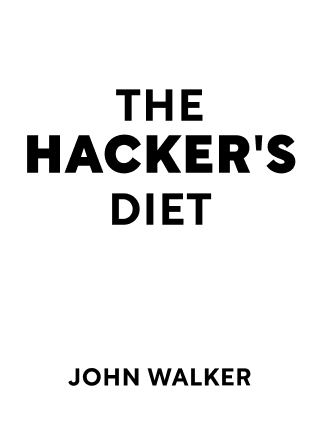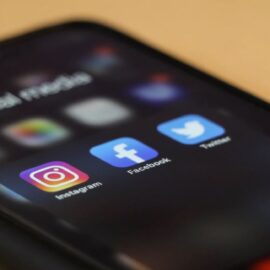

This article is an excerpt from the Shortform book guide to "The Hacker's Diet" by John Walker. Shortform has the world's best summaries and analyses of books you should be reading.
Like this article? Sign up for a free trial here .
What’s all the backlash against fad diets? Why do most people gain the weight back after losing it on a fad diet?
If you tried a fad diet and lost weight but you either gained it back or found it too hard to maintain, you’re not alone. Fad diets don’t work in the long term for these four reasons: they rely on the user losing water weight, you get bored of eating the same foods, your food choices are too limited, or you don’t feel satisfied with the foods you’re eating.
Here is why fad diets don’t work and what to do instead.
Why Fad Diets Don’t Work
(There’s some confusion about how fad diets don’t require counting calories but still allow for weight loss.)
No matter what diet you use, there is no escaping Calories In, Calories Out. To do otherwise would be to violate “conservation of energy,” one of the physical laws of the universe.
Most fad diets don’t talk about this principle because they want their diets to seem more magical than they really are. If they said, “with our diet, you’ll lose weight by reducing your daily calorie intake, which you could do by yourself and your own diet” they would sell a lot fewer subscriptions.
But fad diets do help some people lose some weight, for some period of time (many fall off the diet and regain the weight). It might have done this for you. So for some period of time, the fad diet was causing you to eat less without your having to think about it. Here is why fad diets don’t work:
- Water Loss: Crash diets that promise losing 5 pounds each week simply dehydrate you and get you to pee out water stored in your body. If you follow the diet for more than a week, you’ll find the weight loss slows to a trickle. Then if you return to a normal diet, you’ll regain the water.
- Novelty: Many fad diets get you to try something new that you haven’t done before. The novelty of new foods is itself pleasurable, which makes up temporarily for the hunger. Once you get used to the novelty, you get bored and eat more of it than you should, or go back to your normal diet.
- Restriction of choice: Diversity of food is a problem for a lot of people. If you have an unlimited choice of foods, you’ll tend to overeat to try them all. Simple rules work by constraining calories in a clearcut way.
- Intermittent fasting: Restricting eating to certain hours of the day mechanically forces you to eat less.
- Paleo: Cutting out processed foods forces you to eat only more nutritious and filling foods.
- Slimfast/Nutrisystem: In the extreme, you eat only the foods we give you, in the amounts we tell you to. Do not eat anything else.
- The above systems only help you lose weight if you eat fewer calories than you burn. If you eat Paleo-only foods but engorge yourself on high-calorie nuts, you’re still going to gain weight.
- Satiety: Some foods are more filling than others, for the same number of calories. Eating 200 calories of kale will fill your stomach, while eating 200 calories of Oreos will barely make a dent in hunger and make you want to eat more. If you feel more satisfied when eating certain foods, you’ll eat less other food.
This is by and large true. The major difference is that you don’t necessarily absorb all the calories that you eat. For instance, if you have issues with gut health, you’ll tend to absorb fewer calories than people with healthy guts. But for most people, Calories In, Calories Out is by and large true.)

———End of Preview———
Like what you just read? Read the rest of the world's best book summary and analysis of John Walker's "The Hacker's Diet" at Shortform .
Here's what you'll find in our full The Hacker's Diet summary :
- An engineer’s approach to weight loss
- Why losing weight is so hard even though it's so simple
- What you have to do to maintain your ideal weight for the rest of your life






